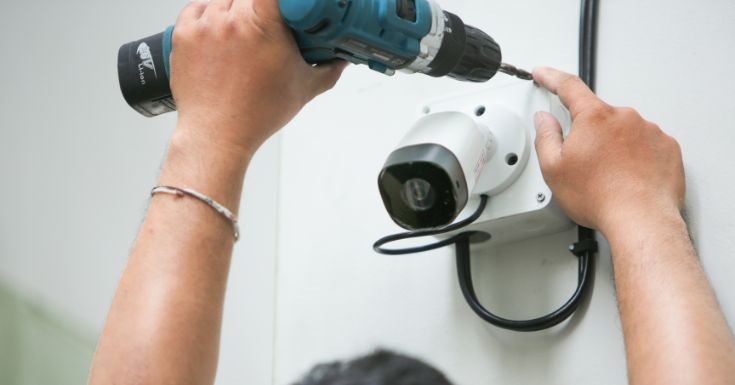
In a nutshell, CCTV is a surveillance system that uses high-quality cameras to watch over a property or building. The majority of CCTV systems use a combination of cameras to give maximum coverage. There are a few key elements that determine the effectiveness of a CCTV system. Cameras are best placed in specific locations to maximize their coverage. A CCTV camera does not come with lenses; you must choose the correct lens for your application.
Before installing a CCTV system, you must have a power source nearby. There is a constant power supply in the vicinity of the camera. Cameras need to be placed in a special enclosure to ensure their best performance. Positions and attachments are chosen based on factors such as the site’s aesthetics and environmental conditions. The camera also needs to be plugged into a nearby power source. Once installed, CCTV cameras are an excellent way to improve security.
The technology behind CCTV is not new. The concept of CCTV dates back to the early 1960s, when Walter Bruch first developed the technology. However, Bruch’s original system did not record video. Marie Van Brittan Brown applied the technology to a security setting, including a private television network. Brown and her husband installed the first CCTV system in a house they owned. Many homes today are protected by CCTV systems and are a great way to maintain your peace of mind.

CCTV equipment consists of cameras, lenses, and a control center. Advanced CCTV systems may use digital video recorders to store surveillance footage for several years, and they may have motion detection or email alerts. Decentralized IP cameras may also feature megapixel sensors and can record directly to network attached storage devices or internal flash. The use of cctv camera is essential in keeping our homes and businesses safe. They allow people to monitor their premises and prevent theft.
Closed circuit television systems have been in use since the 1940s. The technology uses video cameras strategically located to record footage. This video footage is then broadcast to a private network of monitors and video recorders. The technology is most commonly used in places that need extra security. Despite this, videotelephony systems are rarely called closed-circuit television. And the benefits of closed-circuit surveillance are far-reaching.
There are many different types of CCTV systems, and some of them are not police monitored. If you suspect someone has committed a crime within your view, you can obtain the footage by asking the owner of the CCTV system to send you a copy. This is a legal requirement. Generally, CCTV operators are required to provide you with a copy of the surveillance footage within forty days. Alternatively, public organisations can send you an edited version, if necessary.
